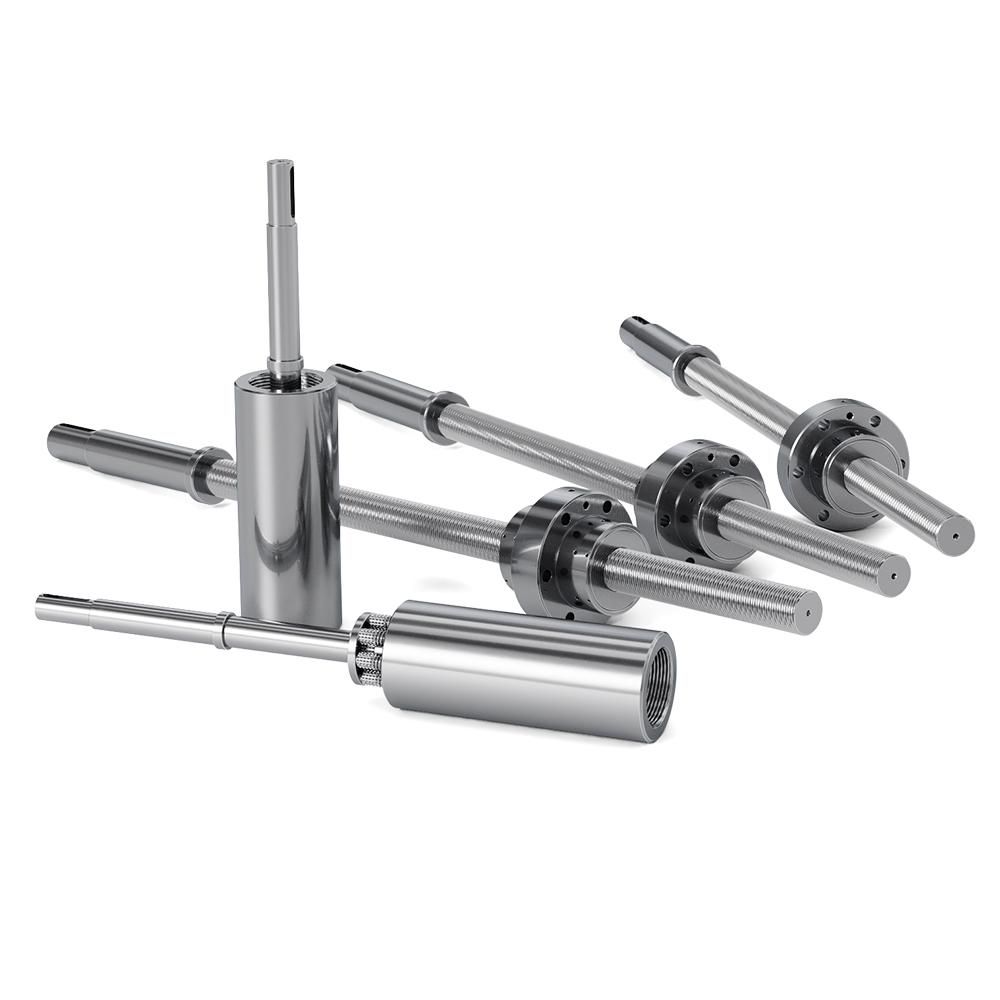Even though the very first patent for a roller screw was granted in 1949, why is roller screw technology a less recognised option than other mechanisms for the conversion of rotary torque into linear motion?
When designers consider the options for controlled linear motion, do they fully examine the benefits that the roller screw offers in performance, in relation to hydraulic or pneumatic cylinders, as well as ball or lead screws? Roller screws have distinct advantages over these four other rivals in all of the major selection considerations. Of course, each designer may have different selection criteria, which will be determined by the application.
So, in examining the major selection concerns, here is how the roller screw performs…

If we take efficiency as the primary criterion for selection, the roller screw is over 90 percent efficient, and, out of the five recognised choices, only the ball screw can compare. Life expectancy is very long for a roller screw, typically 15 times longer than a ball screw, and only the hydraulic or pneumatic cylinder options give similar service life; however, they both need maintenance to retain long life.
When it comes to maintenance itself, the roller screw requires very little maintenance as the friction created by the rolling screw design is minimal, compared to that generated by sliding friction. However, the roller screw should still be lubricated to minimise wear and dissipate heat. Providing sufficient protection against contaminants is also critical to long functional life, so wipers can be added to the front or back of the nut to scrape particulates from the threads throughout the screw stroke. Maintenance intervals will depend on two main factors: the operating conditions and the screw diameter. By comparison, both hydraulic and pneumatic cylinders need much higher levels of attention, and ball screws can suffer from pitting in the ball groove, whilst the ball bearings can be lost or need replacing.
Post time: Sep-27-2023






